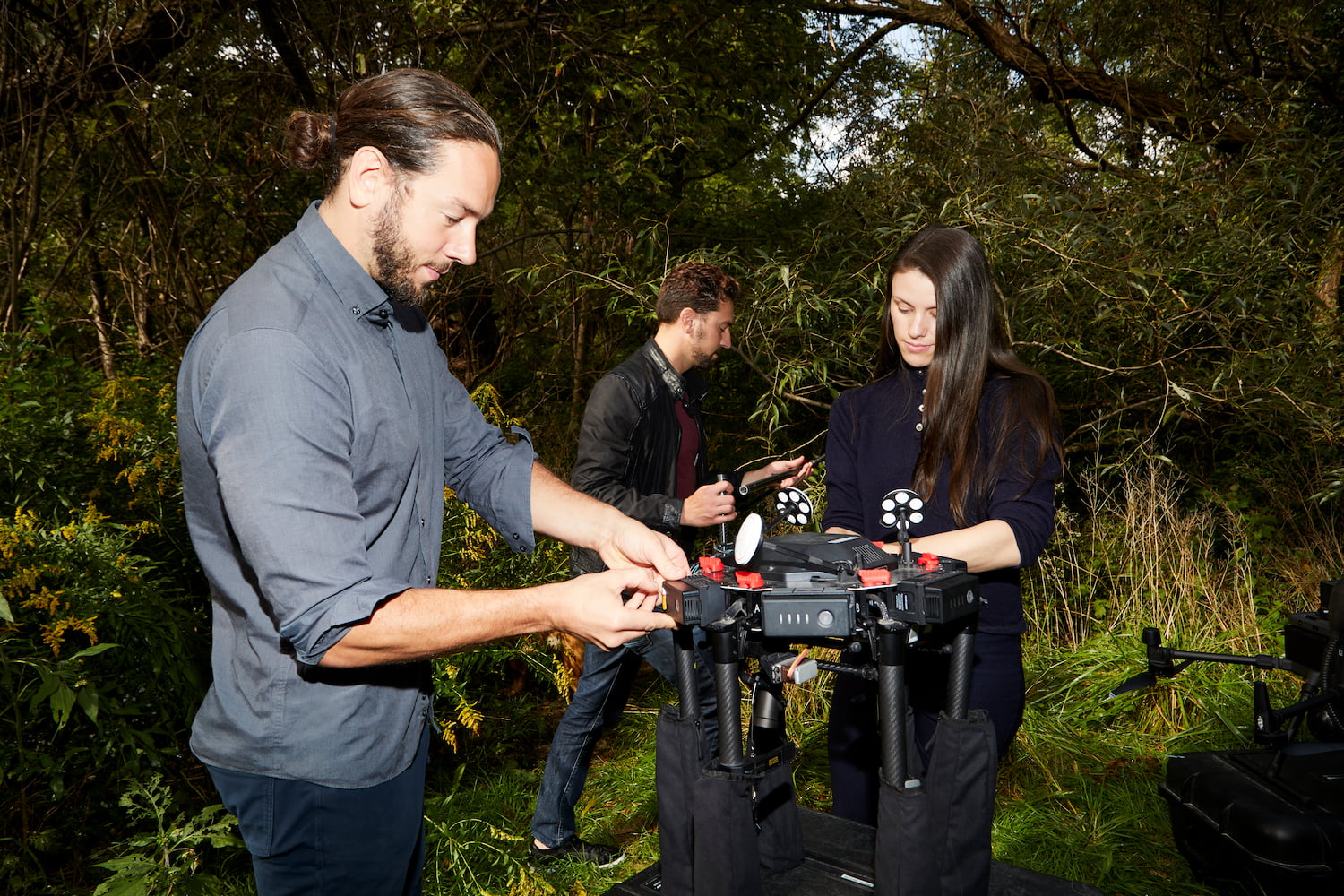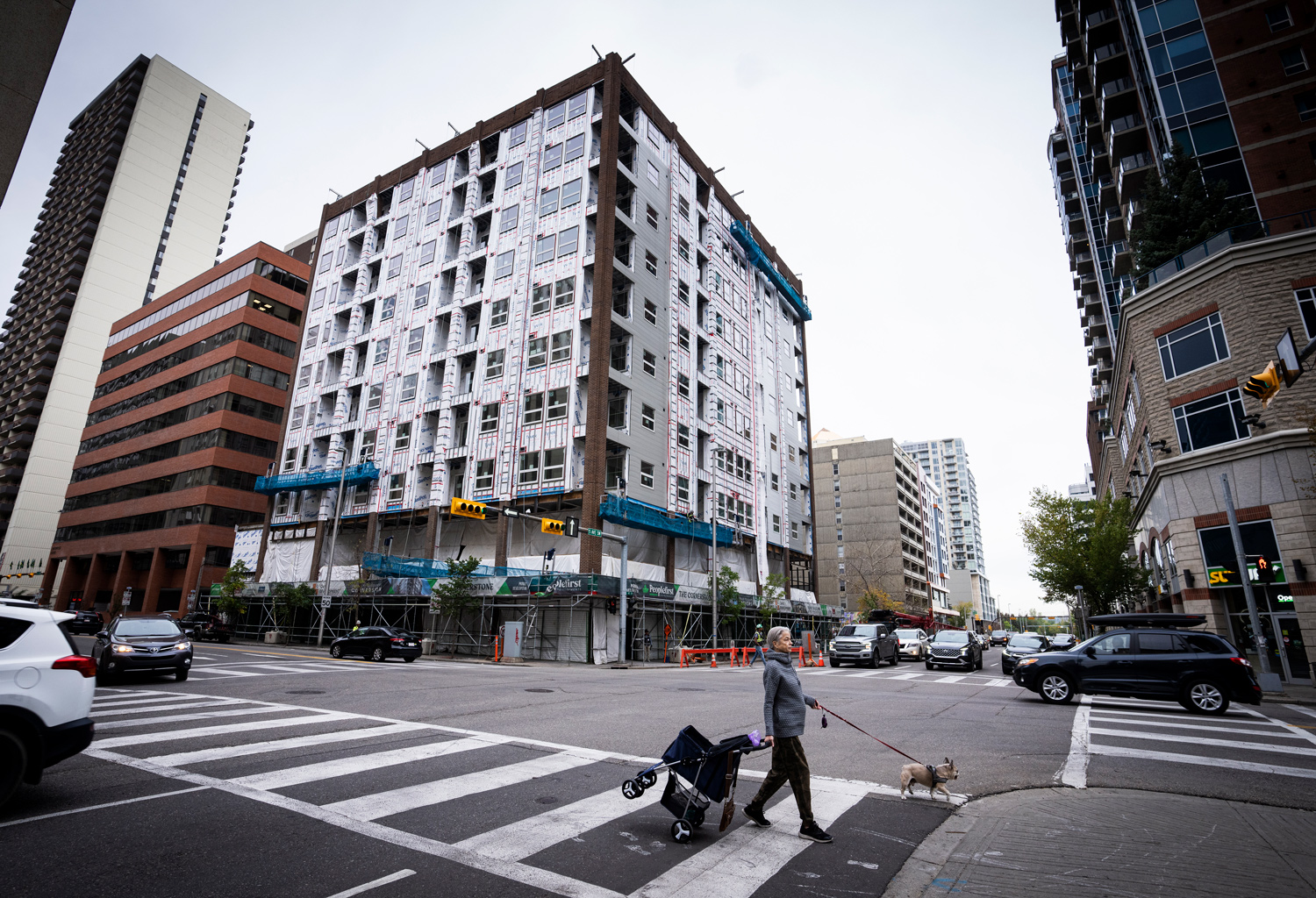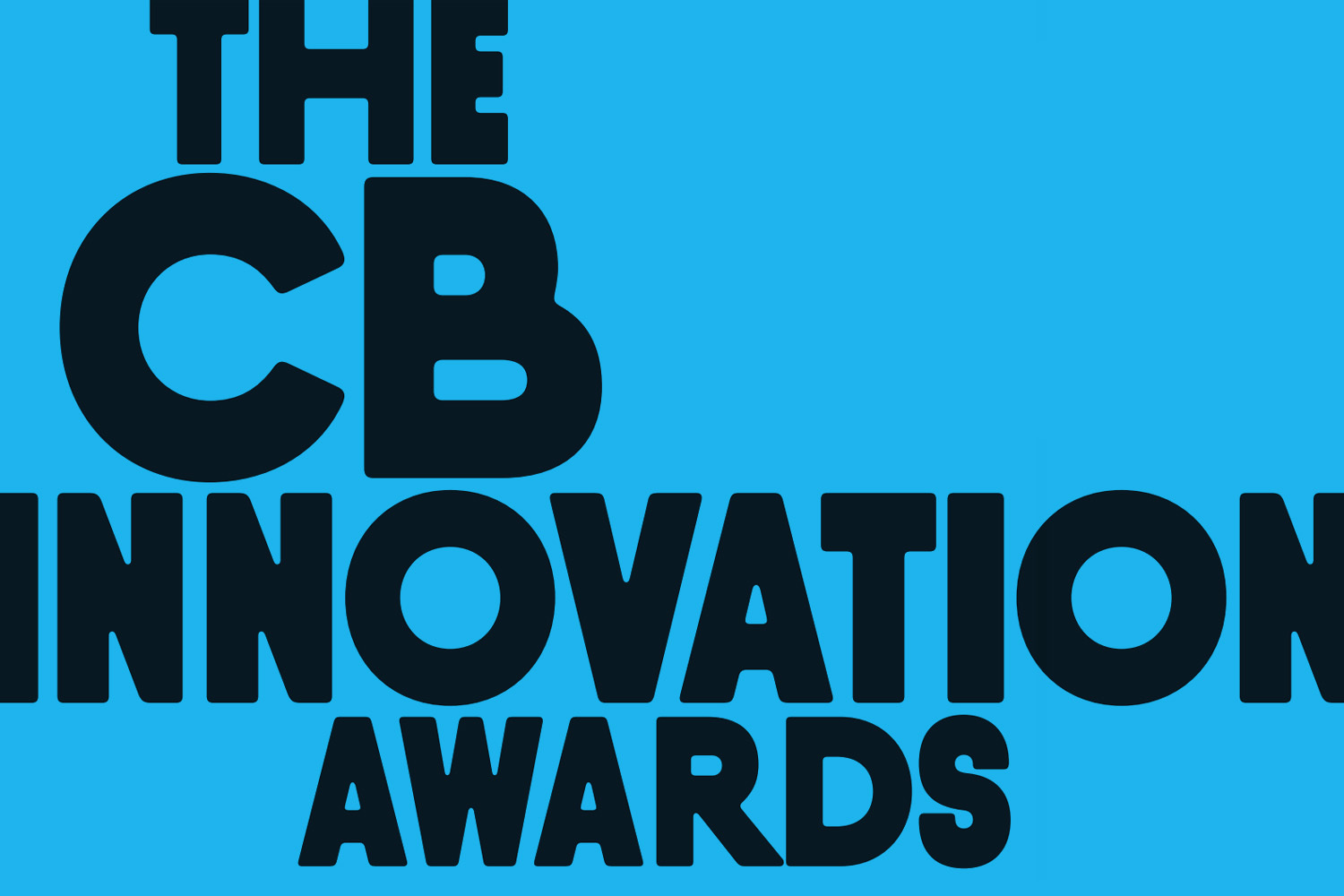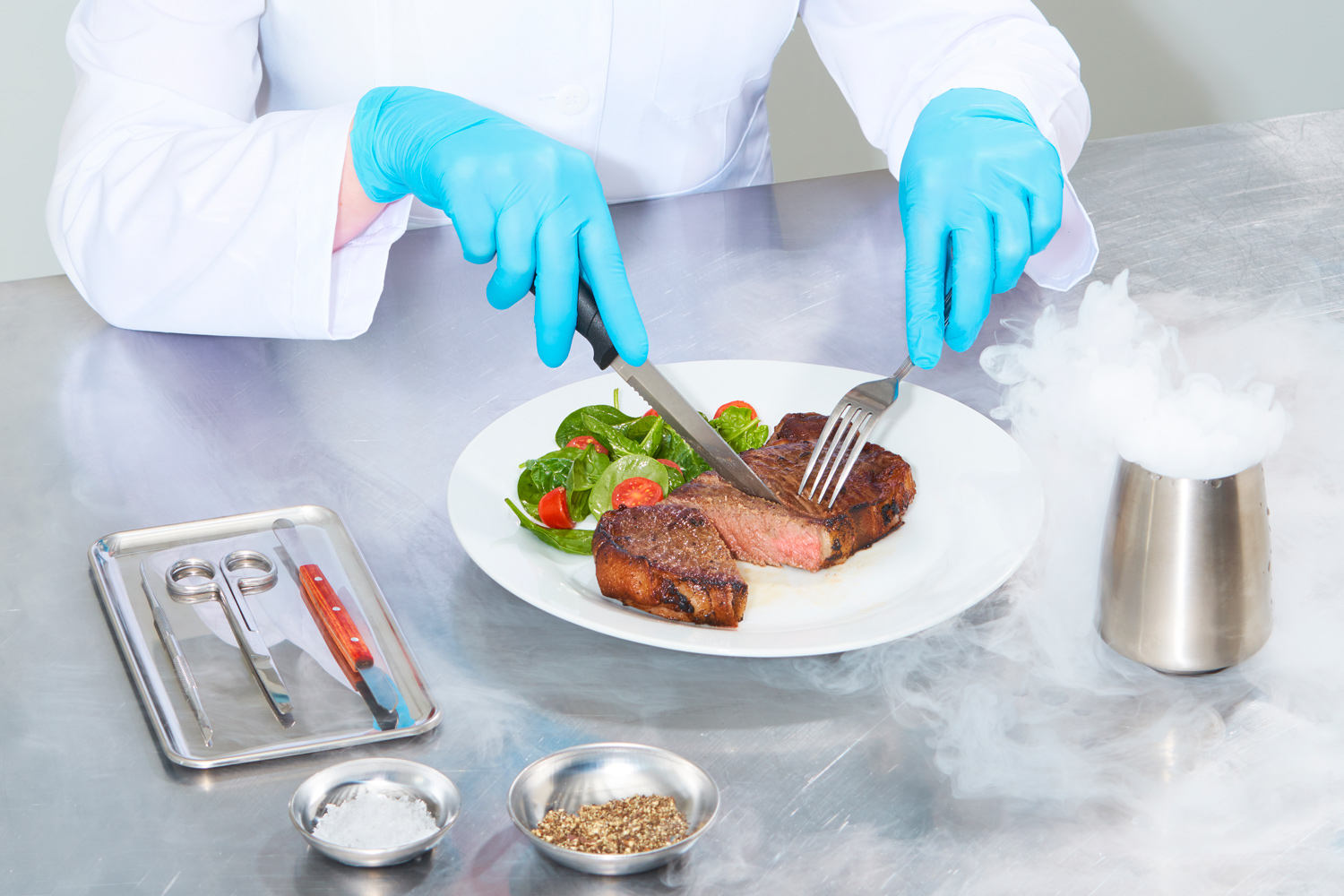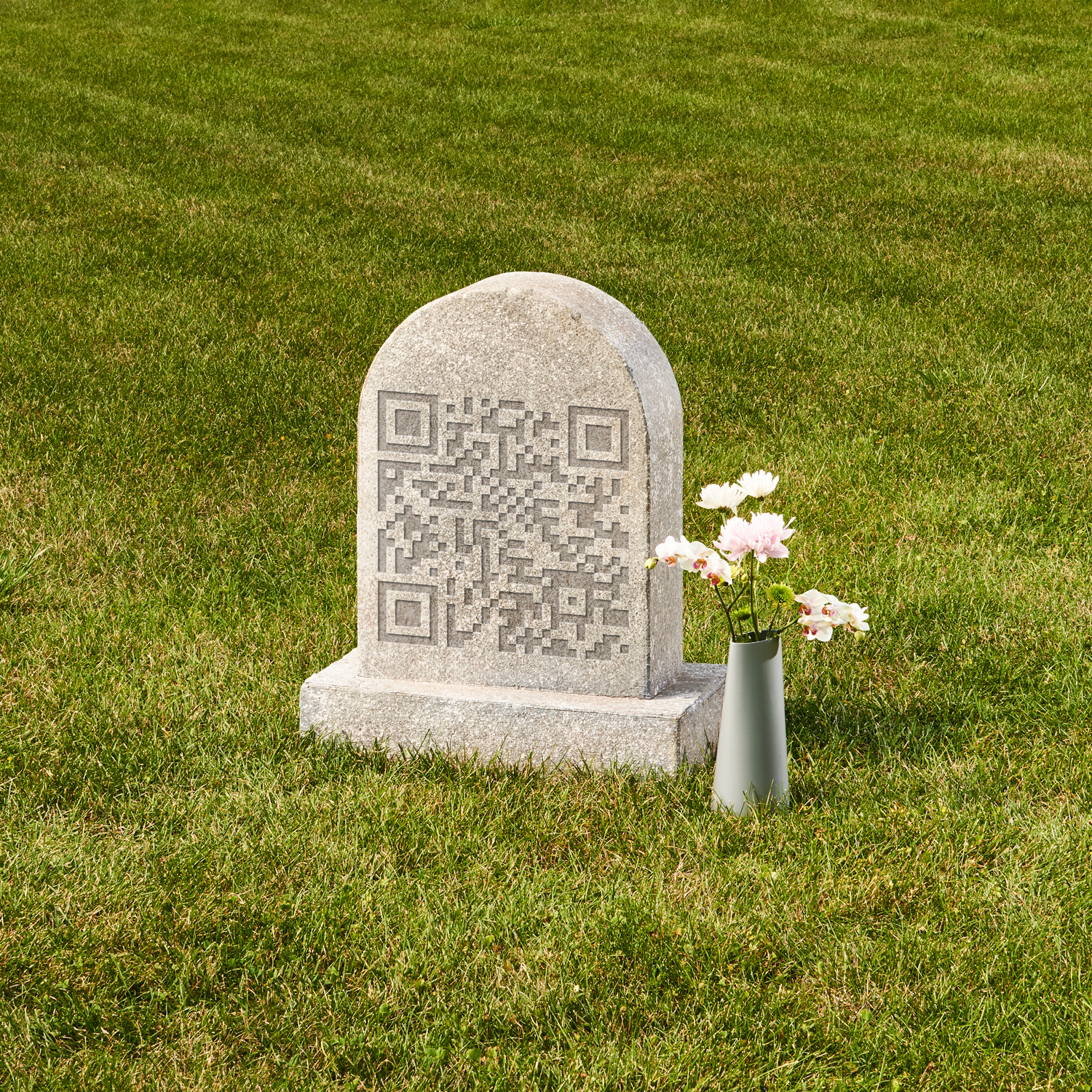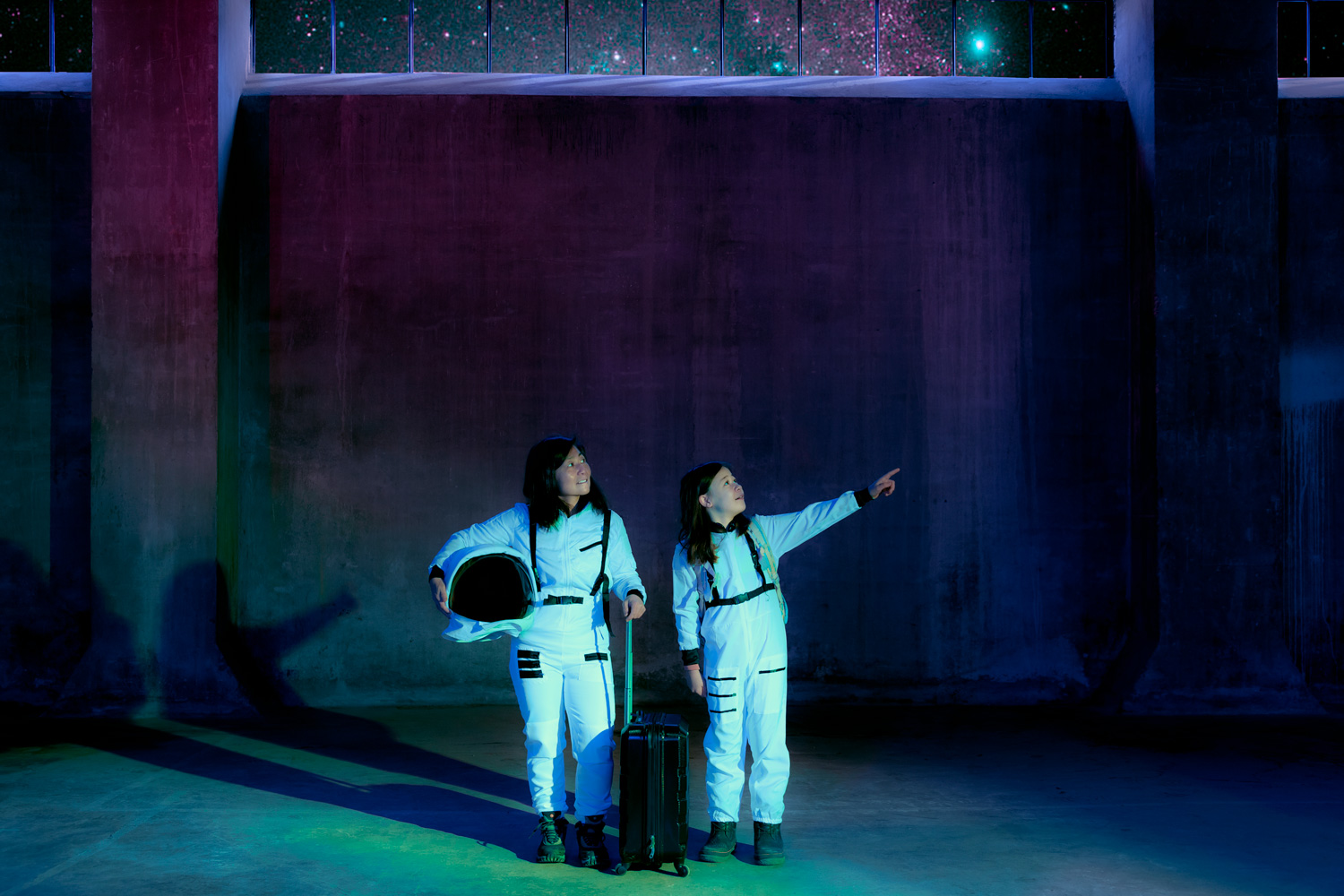
Judy Anderson first dreamt about venturing into the cosmos when she was 10 years old. It was April 1961, and her family was crowded around a bulky tube radio in the living room of their North Vancouver home, listening to a newscast about the Soviet cosmonaut Yuri Gagarin. He had just completed a 108-minute orbit of the earth and, in the process, become the first human to travel to outer space. Staring at grainy photographs of Gagarin and his bulbous space capsule in the newspaper, Anderson couldn’t stop thinking, “Wouldn’t it be amazing if I could do that?” More than anything, she wanted to know what it felt like to be weightless, free from the grip of gravity.
As Anderson grew up, her celestial longing deepened. Some nights, she peered at the planets through her parents’ telescope. In her backyard, she’d swing so high that the ropes would go slack—hanging for just a moment, she’d pretend she was floating in space. She followed milestone events—the first spacewalk, the shuttle launches, the moon landing—with religious devotion.
In 1993, the Canadian Space Agency was looking for astronauts, so Anderson applied. By then, she was a professor of anatomy and biological sciences at the University of Manitoba, studying muscular atrophy and regeneration—a field of research that looks at the impacts of long stays in low gravity. “I don’t know if I’m what you want,” she wrote. “But I know that if I don’t write this letter, I’ll feel as if I haven’t tried.” To her delight, she received a follow-up questionnaire in the mail, and then another after that. After a few rounds, though, she was cut from contention. “I was really disappointed,” she says, “but I didn’t even expect to get that far because of my medical history.” Anderson was diagnosed with multiple sclerosis in the ’70s. The disease is now in remission, but it wasn’t when she applied. “It would have been a big risk to take me up.” The dream, it seemed, was dead.
Then, one night in 2010, Anderson’s husband, Jay, a meteorologist, showed her an ad he’d found online. Virgin Galactic, the fledgling commercial-space-flight company founded by British billionaire Richard Branson, was selling trips to space aboard its gleaming new spaceplane, the VSS Enterprise, which would—in theory—soar into the upper reaches of the atmosphere and temporarily escape the earth’s gravitational pull. The prospect was enticing. But it was also out of the question. The cost of a single ticket was $200,000. (All figures are in U.S. dollars.)
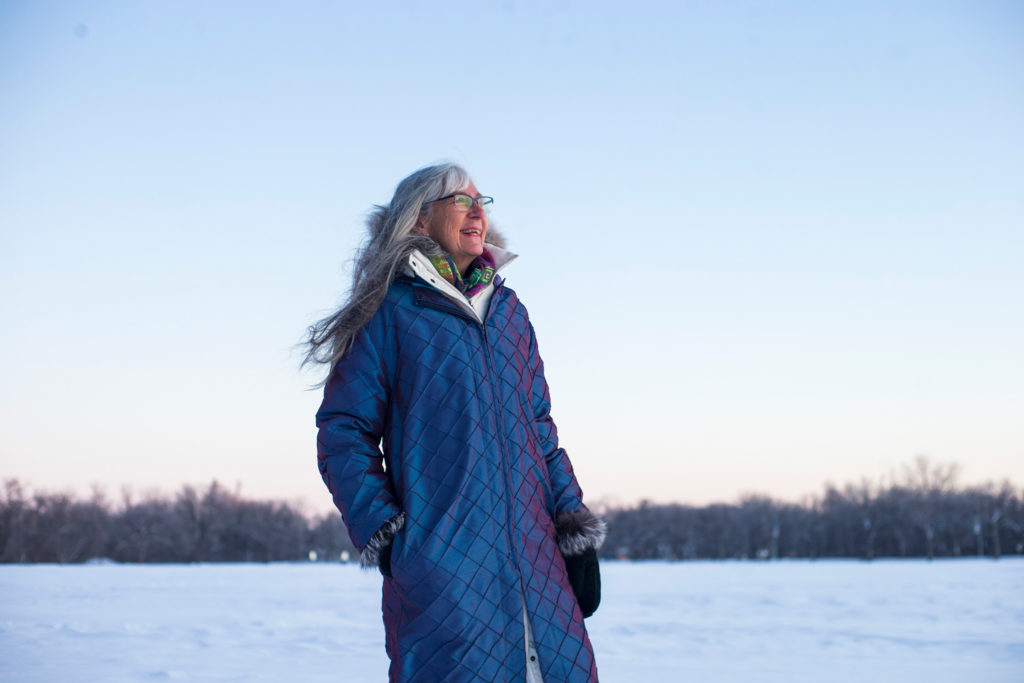
Still, Anderson couldn’t help but return to the Virgin Galactic website every few days, replay its flashy promo videos and fantasize about the flight. One day when Jay caught her peeping at the page, he finally said, “Oh, for goodness’ sake, just buy a ticket.” Exhilarated, Anderson did the math. She and Jay owned a nice house in Winnipeg and had amassed substantial savings. “We live a pretty basic life,” she says. “I’m an old hippie.” Because of Anderson’s MS diagnosis, the couple had chosen not to have kids, so there were no RESPs or inheritances to worry about. Their only indulgence was an annual expedition to see the solar eclipse, a tradition that has taken them to all seven continents since 1979. Journeying into space seemed like a natural, if expensive, next step. If Anderson continued to diligently tuck away her savings, she figured, she could eventually pay for the flight without any huge sacrifices. So, she put down a largely refundable $20,000 deposit—the rest would be due just before her flight—and claimed her ticket to the final frontier.
At the time, Branson predicted that commercial flights would commence within 18 months. Twelve years later, Anderson and hundreds of other ticket holders are still waiting for liftoff. After a string of delays, there is finally progress. In July 2021, Branson, two pilots and three staffers completed the world’s first privately funded, fully crewed spaceflight. They took off from an airstrip in New Mexico and, after a few minutes of lounging in low gravity, glided back down to the ground. “Welcome to the dawn of a new space age,” Branson remarked after emerging from his vessel. “We’re here to make space more accessible for all.”
And yet we’re still light years away from the democratization of space travel. As long as a ticket to the top of the world costs as much as a Lamborghini, space tourism will remain primarily the pursuit of zany billionaires and thrill-seeking celebrities. In the months since Branson’s flight, missions organized by Virgin Galactic and its two closest competitors—Jeff Bezos’s Blue Origin and Elon Musk’s SpaceX—have shot into space the actor William Shatner, the eclectic entrepreneur Jared Isaacman and the Japanese e-commerce mogul Yusaku Maezawa. (All were invited as guests for publicity purposes.) Justin Bieber and Leonardo DiCaprio are among the stars who will board Virgin Galactic vessels in the coming years, and Tom Cruise will reportedly film a movie on the International Space Station. For everyone else, the station will soon offer room and board for $35,000 per night.
Blue Origin, meanwhile, plans to build a private mixed-use space station for researchers and tourists by the late 2020s. Axiom Space, an American firm staffed mostly by former NASA employees, intends to construct its own commercial space station on a similar timeline. And Space Perspective, a private company based out of the Kennedy Space Center, is raising funds to develop a luxury space balloon equipped with wifi and an in-flight bar. Analysts predict that there will be roughly one private spaceflight per day by 2030, at which point the market could be worth as much as $8 billion.
But that sci-fi future is by no means guaranteed. Blue Origin and SpaceX haven’t even started selling tickets publicly yet. To date, Virgin Galactic has sold only 700 seats—not just to multimillionaire cosmophiles but to Silicon Valley executives, professors and at least one retiree with an inheritance to burn (Dee Chester, a former science teacher from Orange County, Calif.). To truly take off, space tourism businesses don’t need Star Trek cast cameos; they need a critical mass of customers. That hinges on cost. The winner of the new space race won’t be who launches first or who flies higher. It will be who brings prices down to earth.
Throughout the 20th century, extraterrestrial travel was the exclusive purview of state space agencies. Since its inception in 1958, NASA has received hundreds of billions of government dollars to construct spaceports, carry out missions and conduct research. The space station alone cost $150 billion to build—the U.S., Canada and Russia were among the countries that chipped in—and NASA still spends roughly $152 million every time it launches a rocket. For decades, such costs precluded space travel for all but an exclusive club of astronauts.
That didn’t stop everyday people from dreaming of joining them. For most of them, going into space falls into the same category as climbing Mount Everest or descending into Mariana’s Trench. It is, first and foremost, an adventure. In a recent Pew poll, 42 per cent of American adults said they would be interested in orbiting the earth if given the chance. Their number one reason: to experience something unique. Space tourism emerged to satisfy that yearning. In 2001, the Russian space agency—in need of cash to make up a gaping budget shortfall—agreed to let Dennis Tito, a 60-year-old American investment-management tycoon, pay to hitch a ride to the space station aboard a Soyuz rocket. The eight-day escapade cost him $20 million. His review: “It was the greatest moment of my life.”
Back in the aughts, a handful of ultra-wealthy earthlings—including Cirque du Soleil co-founder Guy Laliberté—followed in Tito’s footsteps, forking over millions for the privilege of eating freeze-dried food and floating around the ISS. Then, in 2011, NASA halted its shuttle program. The U.S. didn’t have any other way to get astronauts to the ISS after that, so they hitched a ride with the Russians, and the flow of space tourists stopped. Seats were too valuable to give to laypeople, no matter how much money they offered.
That left the future of off-planet tourism in the hands of three orbit-obsessed magnates. Branson, Bezos and Musk have all wanted to blast off since they were kids. By the time Tito proved private spaceflight was possible, they had all amassed enough money to give it a try. Between 2000 and 2004, they each founded their own company, kicking off a macho game of one-upmanship between the two richest men in the world—Amazon founder Bezos and Tesla CEO Musk, now worth more than $200 billion each—and the bon vivant Branson, who has amassed a comparatively measly $4-billion fortune running the Virgin Group. Their new space race looks less like a Cold War and more like a friendly rivalry between college fraternities. When Branson became the first to go up in July, an embittered Bezos said that his frenemy hadn’t officially reached space because he didn’t cross the Kármán line, a contested border 100 kilometres above the planet’s surface that supposedly separates the earth’s atmosphere from outer space.

The three companies have each taken a different approach to space travel. Virgin Galactic’s vessels take off and touch down on runways like commercial airplanes. Blue Origin’s ships blast from launchpads and then the capsule parachutes back down to earth. And SpaceX is already NASA’s go-to cosmic contractor, ferrying astronauts to and from the ISS. Musk, with classic billionaire hubris, says his ultimate goal is not to take the rich and famous into space but to colonize the moon and Mars. For now, the companies’ common denominator is their desire to make space travel more affordable.
On that front, SpaceX has had some success. According to a Federal Aviation Administration report, the company has helped reduce launch costs for its institutional customers, including NASA, by about 25 per cent, resulting in savings of $10 to $20 million per launch. That’s largely thanks to its reusable rockets. Musk claims that SpaceX’s Falcon 9 booster can be retrieved and reused 100 times. He says that reusing rockets will help him reduce the cost of a SpaceX flight from as much as $90 million down to $2 million. He plans to ultimately take up 100 passengers per trip on the yet-to-be-completed SpaceX Starship, which could translate to tickets as low as $20,000.
So far, prices have only gone up; a spot with Virgin Galactic now costs more than double what Judy Anderson paid back in 2010. Today, each half-million-dollar ticket pays not only for the launch itself but also for years of R&D. Virgin Galactic spends more than $100 million per year designing, producing and maintaining its custom-built ships. It plans to industrialize the production of its next generation of spacecraft. With a larger fleet, it can schedule more flights and drive prices down.
But every launch still has fixed costs. Austin Moeller, an aerospace and defence analyst with the financial services firm Canaccord Genuity, says that fuel for a single flight may cost hundreds of thousands of dollars or as much as $1 million for an orbital mission. Then there are the costs associated with owning, renting and operating training and launch facilities, plus the salaries of pilots and Virgin Galactic staffers. Wendy Whitman Cobb, a space-policy analyst who teaches at the U.S. Air Force School of Advanced Air and Space Studies, says there’s room for costs to go down. “It’s all about supply and demand,” she says. “Are there enough people who are willing to pay that much money? That’s going to tell us if this is sustainable.”
Moeller estimates that Virgin Galactic’s potential market is nearly two million customers—that’s how many people in the world have a net worth of more than $5 million. He expects space tourism will have two kinds of takers: “It’ll be people in the one per cent and people who dream of going into space and are willing to sell off a lot of their assets to make that happen.”
Judy Anderson is now 70 years old. She has long silver hair and wears a spaceship pendant, which was a gift from virgin galactic. Each December, the company sends her and other future astronauts a branded keepsake—a scarf, a billfold, a video greeting card—as a token of appreciation for their purchase, and their patience.
While she waits, Anderson does an hour of resistance training every day to make sure she stays in shape. She has also travelled to Pittsburgh to strap into a centrifuge that mimics G-force. It had a screen that simulated an entire flight trajectory. “My skin was stretched back everywhere,” says Anderson. “I wasn’t afraid. I was excited.”
Anderson holds Virgin Galactic ticket number 403 and, based on the company’s forecasts, expects to fly in about two years. She now has enough saved to pay the balance of her purchase. About a week before takeoff, Anderson will fly to Truth or Consequences, a sternly named resort town in New Mexico. From there, she’ll drive to Spaceport America, an otherworldly complex of undulating glass and white-walled spaceplane hangars that looms over the sparse desert. There, Virgin Galactic staff will greet her with a Galactic Martini or a Beyond the Clouds cocktail, a specialty drink meant to mimic the taste of space based on the chemicals present in the big black void. She’ll be outfitted with a tailor-made temperature-regulating flight suit and then spend several days completing an astronaut training program, which will include safety briefings, an overview of the spaceplane and tips on how to handle the G-forces.

At the spaceport, Anderson will also meet her fellow astronauts and the pilots responsible for bringing them to space and back. One of those aeronauts might be Jameel Janjua, Virgin Galactic’s first Canadian pilot. The ebullient father of two grew up in Calgary, idolizing Chris Hadfield and attending air shows with his dad. Watching a team of F18s fly overhead at 400 knots as a kid, he told himself, “I’m going to do that.” Janjua earned his glider licence at 16, enrolled in the Royal Military College and then joined the RCAF.
Like Anderson, Janjua twice applied to become an astronaut and even once advanced to the final four before he was cut. Years later, Virgin Galactic provided Janjua another path to outer space. In a series of job interviews, he touted his extensive experience in fighter jets, his lifelong affinity for space and his desire to inspire the next generation of astronauts. He got the gig and started in October 2020.
Even decades in the air force didn’t prepare Janjua for the life of an astronaut. During his first year, his training regimen included in-class ground schooling, flight simulations, equipment tutorials and flying “chase” behind the mothership, documenting its performance. One year into the new gig, Janjua finally got the chance to co-pilot the VMS Eve, one of the two vessels that comprise Virgin’s spacefaring system. The double-cockpitted Eve acts as a mothership, carrying a smaller spaceplane called the VSS Unity—a private jet tricked out with a rocket motor on its back—for the first segment of its journey. “It was fantastic just to be there,” he says of the flight. “I had to pinch myself.” Part of Janjua’s role is to help Virgin Galactic transition from its test-flight phase into commercial operations so that he can provide people like Anderson with the opportunity to experience the same thrills. “We want to open up space to grandmothers, soccer coaches, poets, musicians and athletes,” he says.
Last year’s flurry of sky-high joyrides proved that humanity can visit space with little training. But should we? Critics malign space tourists for spending millions of dollars on out-of-this-world cruises while the planet grapples with poverty and climate change. Even Prince William, a man who lives in a palace and flies in private jets, has pooh-poohed space tourism, telling the BBC, “We need some of the world’s greatest brains and minds fixed on trying to repair this planet, not trying to find the next place to go and live.”
Elon Musk argues that humanity needs to become a multi-planetary species in case of an extinction event. And yet SpaceX’s activities are doing more to hasten such an event than escape it. To reach the upper atmosphere, spacecraft burn a variety of materials, including liquid hydrogen, liquid oxygen, kerosene and carbon-based fuels. The space consultancy Northern Sky Research estimates that a single Virgin Galactic flight can emit as many pollutants as a 10-hour flight carrying hundreds more passengers. Additionally, these vessels spew emissions in higher layers of the earth’s atmosphere—the stratosphere and the mesosphere—where they can linger for years and eat away at the ozone layer.
For now, there are so few trips to space that such emissions are negligible—the number of launches worldwide in the entirety of 2021 was still fewer than the number of planes that take off in a single hour. But Musk and Branson, who owns an airline, have both mused about replacing air travel with space-based flights. The Swiss financial services firm UBS predicts that point-to-point rocket trips, a potentially $15-billion market, could “cannibalize” long-haul flights by 2030. According to the Intergovernmental Panel on Climate Change, that’s the same year by which global CO2 emissions will need to fall by 45 per cent in order to avoid a flood of natural disasters, a crisis of climate refugees and the widespread destruction of natural ecosystems.
Supporters of space activity argue that the ethical equation isn’t so simple. NASA research played a crucial role in the invention of photovoltaic cells, the clean-energy-producing technology used in solar panels, as well as in the development of cloud computing, GPS, smartphone cameras, insulin pumps and plenty of other technological innovations. The emergence of the space tourism industry has also added thousands of highly skilled, well-paying jobs to the economies of several southern states, where Branson’s, Bezos’s and Musk’s companies are based. “We don’t spend a single dollar in space,” says Whitman Cobb. “Every dollar is spent here on the ground.”
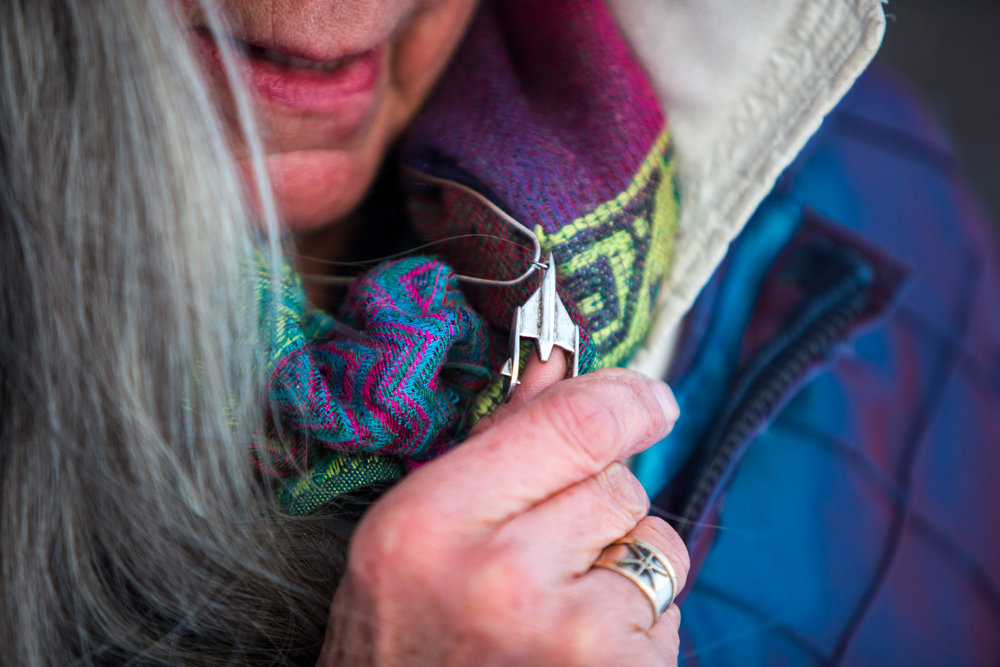
If environmental concerns don’t derail the advent of space tourism, issues of safety might. The industry’s first two decades have been dotted with mechanical failures and fiery disasters. Several unmanned SpaceX prototypes have exploded upon launch, landing and all points in between. In 2011, a Blue Origin test flight blew up 13 kilometres above the earth. Three years later, Virgin Galactic’s VSS Enterprise—the craft that might have taken Judy Anderson into space—broke apart in mid-air, killing one pilot, severely injuring another and raining debris over the Mojave. Meanwhile, there are more than 34,000 pieces of space junk—dead satellites, rocket debris, paint flecks—orbiting the earth at 25,000 kilometres per hour. Even a tiny piece of stellar flotsam could cause a catastrophe if it collided with a spacecraft. “If something goes wrong, the chances of getting back are pretty crappy,” Anderson says. “So I’ll probably update my will before I go.”
Normally, the Federal Aviation Administration has the authority to regulate space travel. But in 2004, in the name of reducing red tape and fostering innovation, the U.S. Congress passed legislation that barred the FAA from imposing regulations on commercial spaceflights until October 2023. At that point, Whitman Cobb says, regulators should step in to standardize safety and accountability measures or else risk letting brazen billionaires dictate humanity’s extraterrestrial ambitions—and the hazards we tolerate to achieve them. “Do we really want private companies driving policy?” she asks. “How democratic is that?”
In the moments before Anderson blasts into space, she and her fellow passengers will board the VSS Unity. It will tear down the runway, take off and ascend roughly 12 kilometres, at which point the spaceplane will detach from the mothership, ignite its booster and dart straight upward at more than 3,700 kilometres per hour. Out the window, the sky will change from blue to indigo to pure black. When the ship crests 90 kilometres above the earth’s surface, the engine will cut out and passengers will be allowed to unbuckle for 10 minutes. Once Anderson’s time is up, she’ll strap back in and the plane will begin its descent. All told, the most expensive flight of her life will last two hours.
She’s thought a lot about how she’ll spend that flight. She’ll think of her husband and friends back home. She’ll gaze out over the curve of the earth and take a moment to let it sink in. She will hover, just like she imagined on her backyard swing set. “That floating feeling,” she says. “That’s what I’m looking forward to.”

